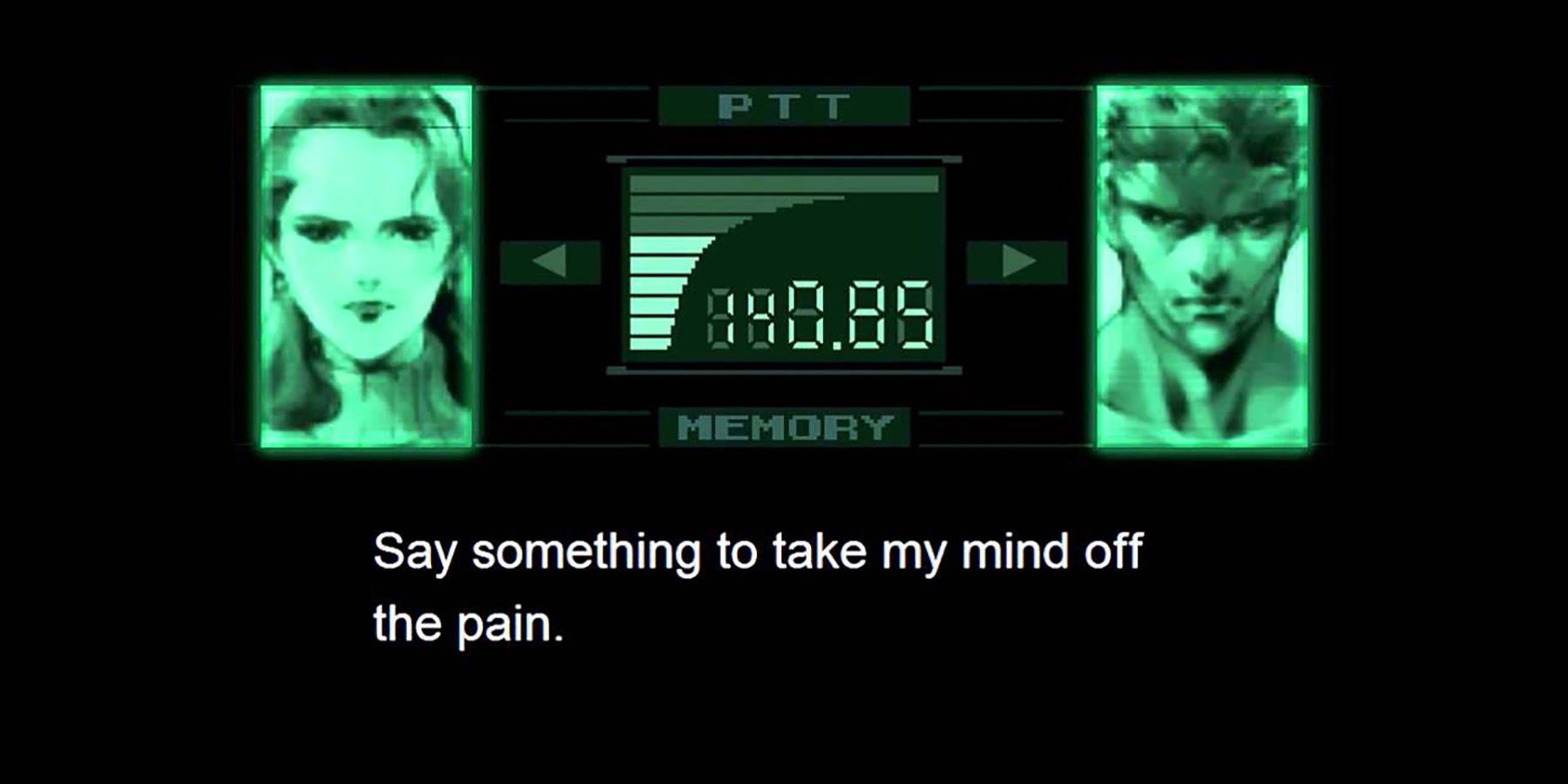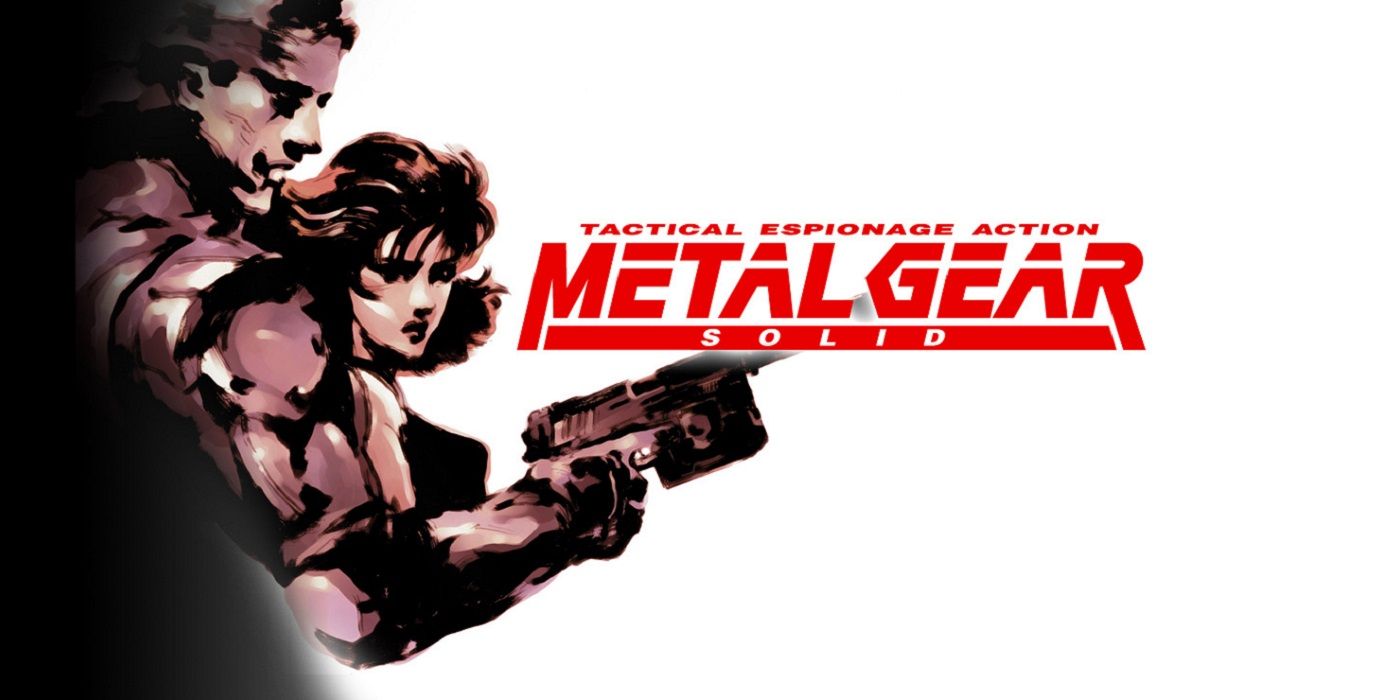Few games have a sonic identity as well-defined as Konami's Metal Gear Solid series. From Codec radio pings to guard alert tones and the explosive gunfights that ensue, a single sound can transport players back to the moody military complex of Shadow Moses Island. Though dated by today's standards, Metal Gear Solid represents a sea change in game design that unifies abstract, "video-gamey" noises and highly realistic sounds to immerse players.
There are numerous factors at play that help Solid Snake's modern adventures stand out from a crowd of competitors and imitators. Unlike the tiny teams and solo sound developers who brought the sound design of Sonic the Hedgehog and The Legend of Zelda to life, MGS featured an entire team of SFX designers. These unsung heroes of audio immersion and feedback include Takanari Ishiyama, Ryoji Makimura, Kazuki Muraoka, and Derek Vanderhorst, united by the guidance of gaming luminary and auteur designer Hideo Kojima.
The Sounds of Silence
Metal Gear Solid makes a lot of noise for a game about being stealthy, but every sound has personality behind it. While modern games strive to achieve a sort of sonic photo-realism, MGS represents one of the earliest takes on a hyper-realistic approach to sound design. Every noise is magnified to be larger than life. Snake's footfalls, for example, are deliberately louder than one would expect from a super spy so players can be cognizant of how things like movement sounds will affect patrolling guards, whose rudimentary AI can recognize and investigate noises.
Even though conflict avoidance is the name of the game, MGS' soundscape shines brightest when stealthy approaches fall apart. The alert noise that sounds when guards spot Snake, paired with a red exclamation point, is one of the most iconic SFX in gaming. Like the Legend of Zelda's puzzle solved sound effect, this alert tone gives an abstract concept 'form' via sound. Bullets are extremely loud compared to sneaking noises, and explosions are suitably bombastic. Snake's death shout (and the subsequent shouts of concern from his handlers) are deliberately overwrought and desperate. All these elements combine to make being discovered feel like a truly dire development. Noise is a fast track to death in Metal Gear Solid.
Old-School Hi-Fi
While it doesn't hold a candle to the PlayStation 5's advanced Tempest Engine, the original PlayStation's dedicated sound processing unit boasted impressive capabilities that many audiophiles hold dear. The original PlayStation used the SCPH-1001 SPU, which boasts up to 24 audio channels and a sampling rate of 44.1 kilohertz, which means the console was capable of producing roughly 44,100 a second; a far cry from the Super Nintendo's S-SMP's 24.576 megahertz sound chip, which was also developed by Sony.
The PlayStation's SPU is capable of rendering a cacophony of noises simultaneously - which Metal Gear Solid uses to great effect when Snake's stealth gameplay goes hot. In the space of a second, players can hear guards alerted to their presence and exchange gunfire with enemies (with each weapon having distinct sounds), effectively burying quieter sounds like footsteps and ambient noise.
Truly Storied Audio in Metal Gear Solid
Another interesting aspect of MGS sound design is the way sounds interplay with the game's in-universe narrative. During the game's opening, the Colonel explains that Snake's Codec radio earpiece directly stimulates the bones in his ear, which is why the iconic ringtone for the communicator doesn't alert nearby guards. Apart from its familiar ring, the codec is lovingly accented with sounds for speakers tuning in and out and occasional interference. As game sounds approach realism, more supplementary information is required to account for the presence (or absence) of certain noises, leading to an experience that is not only pleasing and dynamic, but narratively cohesive.
Speaking of cohesion, like The Legend of Zelda, Metal Gear Solid has held fast to certain sound effects from game-to-game, establishing an unmistakable audio identity throughout the franchise. While Metal Gear Solid 6 may never see the light of day, re-acclimating players to the series' signature stealth-action gameplay would be a snap. The alert tone of a single started guard will be enough to make Metal Gear Solid players feel like they have come home.



